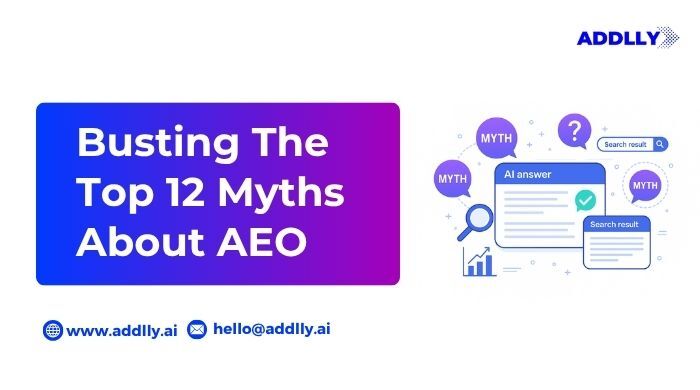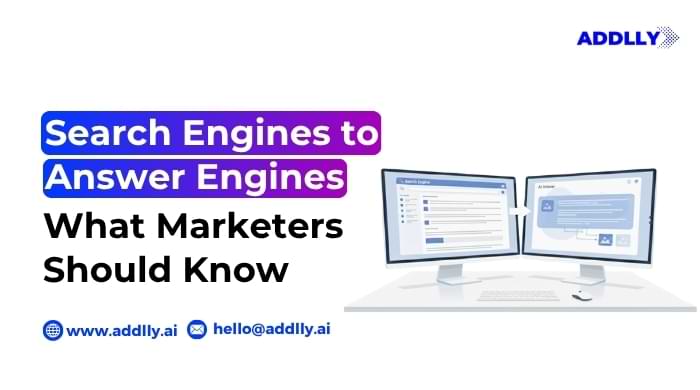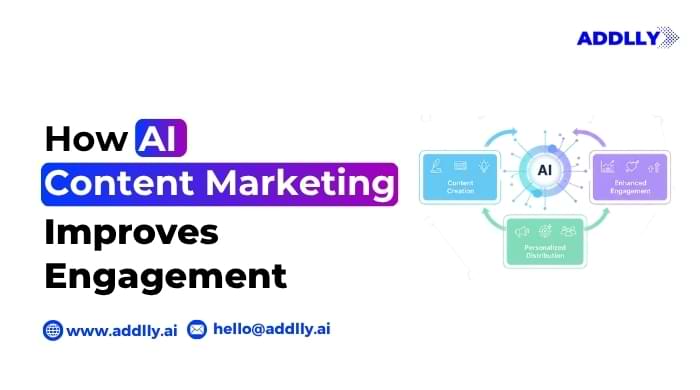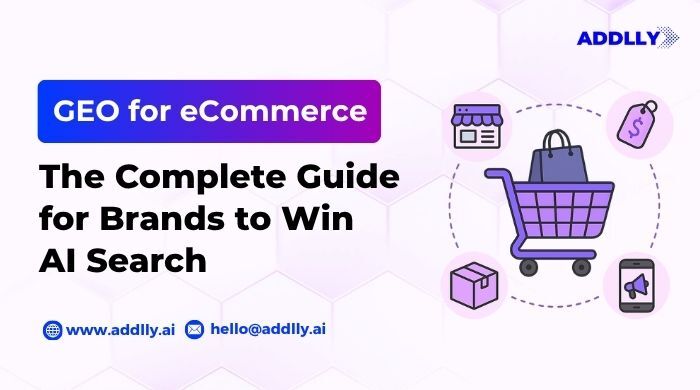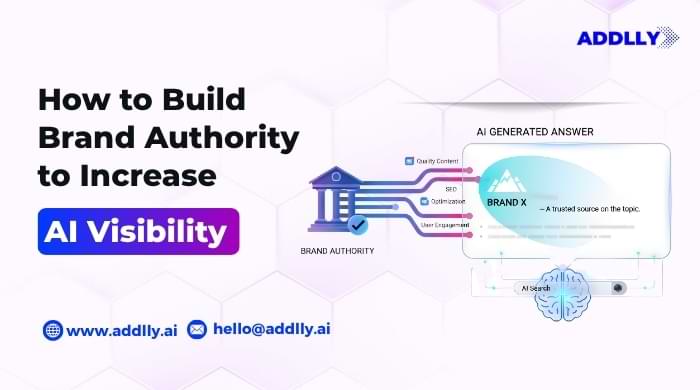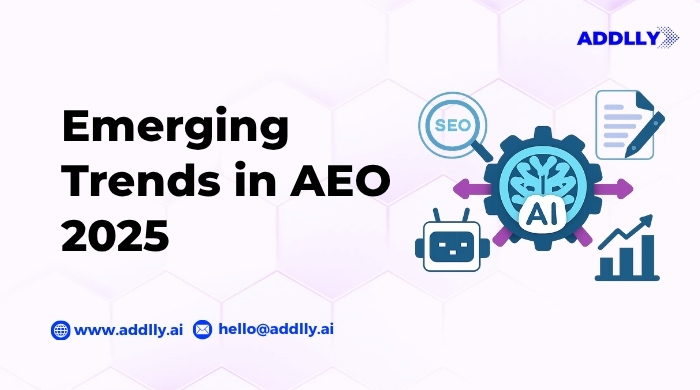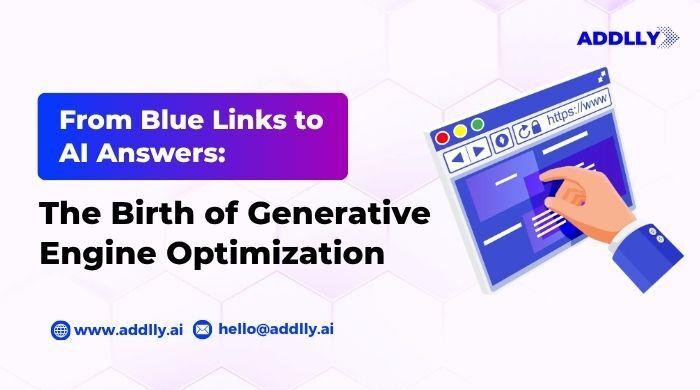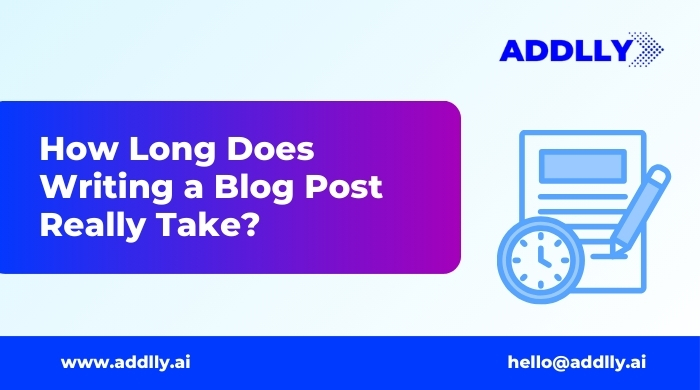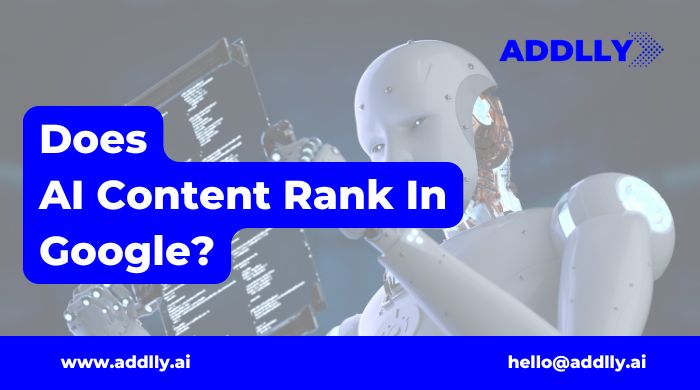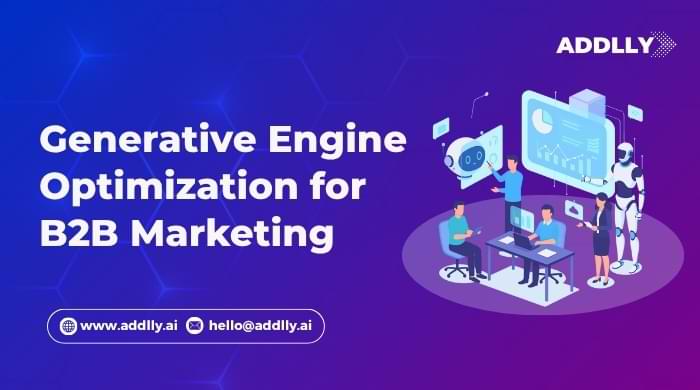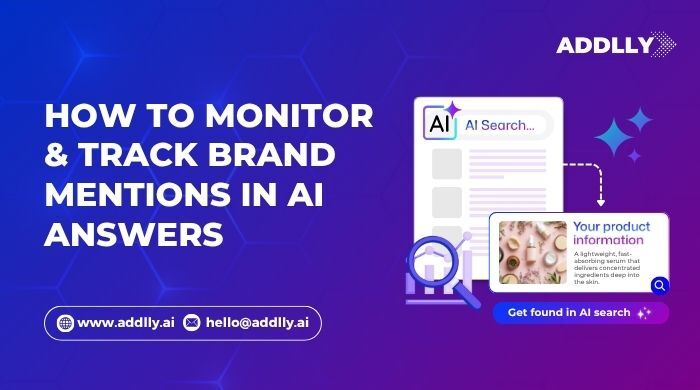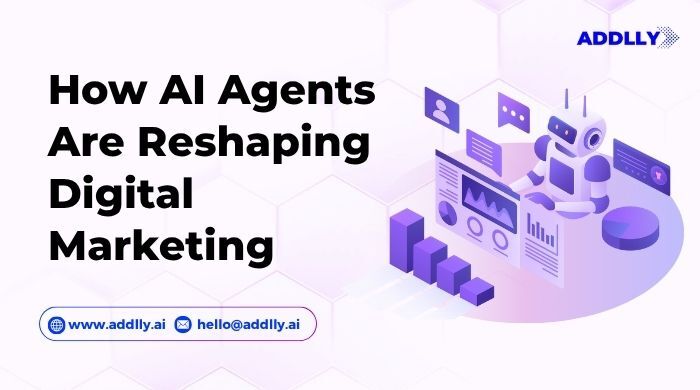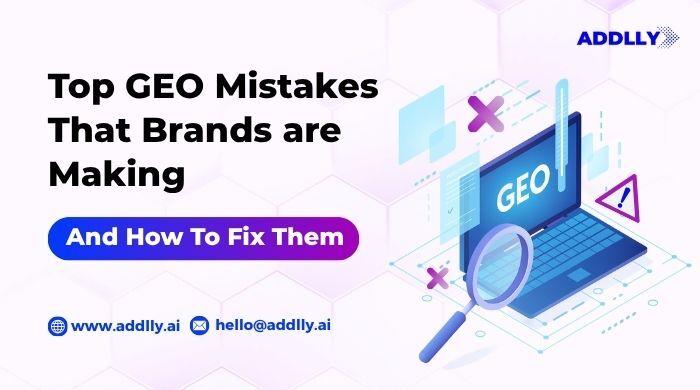Blog
Learn expert strategies and actionable tips on our blog to boost your content marketing, optimize your SEO, and enhance your social media presence with AI.
Many marketers still believe a long list of myths about AEO, thinking it’s just another name for SEO. In truth, Answer Engine Optimization reshapes how brands appear inside AI search...
Brand storytelling has always shaped how customers understand a brand, but the rise of AI search has changed how these stories are found, interpreted, and shared. Search engines now read,...
If you want to learn how to win in zero-click searches, you are already thinking ahead. The search landscape in 2026 is changing fast. Google and other search engines now...
If you’ve noticed a steady decline in your website’s organic traffic, you’re not alone. The shift from search engines to answer engines or AI-powered search engines is changing how people...
Have you glimpsed how marketing teams no longer rely on guesswork to create content? They look at patterns, audience signals, and real-time insights shaped by artificial intelligence. This shift has...
Have you noticed how people no longer type keywords the way they used to? They ask full questions. They use natural language. They expect instant answers for their quesries to...
An Enterprise GEO strategy brings order to a noisy digital marketing landscape. Traditional search engines still matter, yet AI powered search experiences now influence what people read and trust. Google...
The future of GEO for eCommerce is here, and it’s driven by AI-powered answer engines like ChatGPT and Google AI Overviews, which provide direct, specific product recommendations instead of just...
In today’s competitive digital space, knowing how you can integrate AI agents into your marketing workflow can change how your business grows. AI agents in marketing use data, automation, and...
AI visibility is now the deciding factor between brands that get discovered and brands that quietly disappear. Are you sure your business is showing up where customers are actually searching?...
AI search results are rewriting the rules of digital visibility. As platforms like Google AI Overviews, ChatGPT, and Perplexity become the gateways to information, some brands consistently rise to the...
What truly defines visibility in 2026 in the realm of digital marketing? Ranking on Google, appearing in a voice assistant’s response, or being cited by an AI model? The debate...
If you want to learn how to track AI traffic in GA4, the short story is that GA4 does not do it for you by default, but you can configure...
Adapting your strategy around E-E-A-T in Generative Engine Optimization (GEO) is currently not just an option – it’s now essential for survival in this evolving world. The world of search...
Google rolled out AI Overviews to users worldwide, marking a significant shift in how search results are presented. These AI-generated summaries provide quick answers directly on the search page, reducing...
What if the next time someone searched for your product category, it wasn’t Google that answered but ChatGPT? Have you ever thought of this “Getting your products mentioned in ChatGPT”....
What if the way you structure your blog decides whether your ideas are even heard? As AI search becomes the lens through which readers discover information, content is no longer...
The rise of AI search marks a seismic shift in how people discover information online, a wake-up call for businesses, marketers, and SEO professionals alike. The introduction of Google AI...
This post explores how each signal shapes your seo strategy, affects search visibility, and drives growth in both traditional search engines and new AI overviews. For years, the debate around...
Emerging trends in AEO put a spotlight on a hard truth: informational traffic is shifting to AI answers, not blue links or ranking pages in search result pages. AI search...
Generative Engine Optimization (GEO) is changing how businesses appear in search. The days of blue links filling search engine results are fading fast. Today, people get AI-generated answers directly from...
Ever wondered how long does it take to write a blog post that people actually want to read? The answer isn’t simple. Some writers finish a post in a few...
Does AI content rank in Google? This is a question that keeps popping up among marketers, website owners, and creators. The simple answer? Yes, AI generated content can rank in...
Artificial intelligence (AI) has become an essential part of how businesses create, communicate, and connect. But as brands integrate AI systems into daily operations, a growing challenge has emerged –...
For B2B marketing teams, using generative AI alongside a well-crafted content strategy is key to improving both search visibility and brand authority. By adopting Generative Engine Optimization (GEO) strategies, B2B...
As digital marketing continues to evolve, SEO (Search Engine Optimization) remains a cornerstone of online visibility. However, the landscape of SEO is undergoing a significant transformation, largely driven by advancements...
As artificial intelligence continues to reshape the way we interact with search engines, many businesses are seeing a significant shift in their organic traffic. AI search features, like Google’s AI...
AI-generated answers now decide which brands get seen first. When people ask tools like ChatGPT or Google AI Overviews for recommendations, the brands mentioned in those AI responses gain visibility,...
AI agents are fundamentally reshaping how businesses operate and approach digital marketing, ushering in a new era of intelligent, data-driven decision making. Unlike simple automation tools that handle repetitive tasks,...
Brands are making critical GEO (Generative Engine Optimization) mistakes that severely limit their visibility in AI-powered search platforms like ChatGPT, Perplexity AI, and Claude. Research shows that only 7% of...

